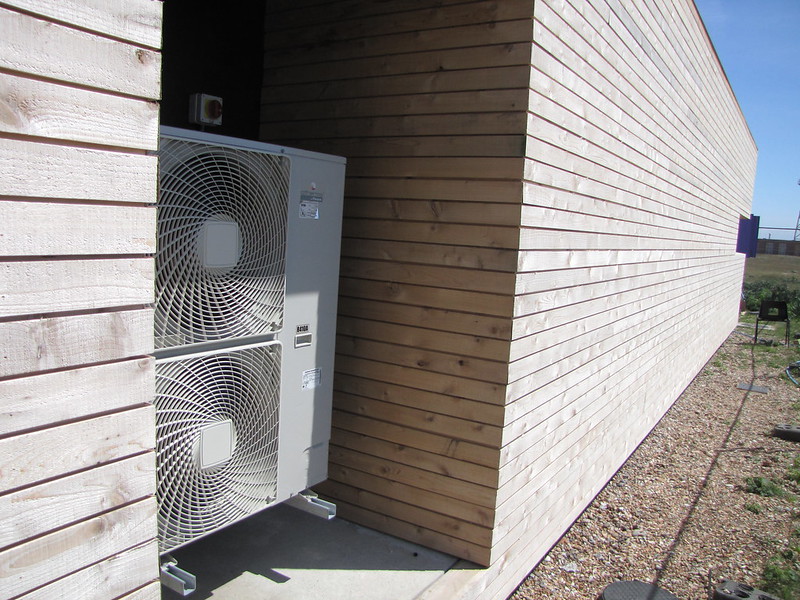Maintaining an air-to-air heat pump is crucial for its efficient and reliable operation. This comprehensive guide will walk you through the step-by-step process of cleaning an air-to-air heat pump, ensuring optimal performance and longevity. From disconnecting the power supply to inspecting the unit, we’ll cover every aspect in detail, providing you with the technical expertise and hands-on approach needed to tackle this task like a pro.
Disconnect the Power Supply
Before starting any maintenance, it’s essential to ensure the power supply to the heat pump is disconnected. This step is crucial to prevent any electrical hazards and ensure your safety during the cleaning process.
- Locate the main power switch or circuit breaker that controls the power to the heat pump.
- Turn off the power switch or trip the circuit breaker to completely disconnect the power supply.
- Verify that the power is disconnected by checking the indoor and outdoor units for any signs of electrical activity.
- Ensure that the power remains disconnected throughout the entire cleaning process.
Clean the Filters
The air filters in your heat pump play a vital role in maintaining indoor air quality and system efficiency. Regularly cleaning these filters is essential to keep your heat pump running at its best.
- Identify the location of the air filters, which are typically located in the indoor unit.
- Carefully remove the filters from their housing, taking note of their orientation for proper reinstallation.
- Use a mild soap and warm water to gently wash the filters, removing any accumulated dirt, dust, or debris.
- Rinse the filters thoroughly to ensure all soap residue is removed.
- Allow the filters to dry completely before reinstalling them in their original position.
- Ensure the filters are securely in place and that the filter housing is properly sealed.
Clean the Outdoor Unit
The outdoor unit, or condenser, of your air-to-air heat pump is exposed to the elements and can accumulate dirt, debris, and other contaminants over time. Regularly cleaning the outdoor unit is crucial to maintain its efficiency and prevent any potential issues.
- Locate the outdoor unit and ensure the power supply is still disconnected.
- Use a garden hose with a high-pressure nozzle to rinse the condenser coil, starting from the top and working your way down.
- Carefully remove any visible debris, such as leaves, twigs, or grass clippings, from the unit’s exterior and surrounding area.
- Inspect the unit for any signs of damage or wear, such as bent fins or loose connections.
- If necessary, use a soft-bristle brush to gently clean the condenser coil, taking care not to bend or damage the delicate fins.
- Ensure that the airflow around the outdoor unit is not obstructed by any vegetation or other objects.
Clean the Condensate Drain
The condensate drain is responsible for removing the moisture that accumulates during the heat pump’s operation. Keeping this drain clear is essential to prevent water damage and ensure proper system functioning.
- Locate the condensate drain, which is typically found near the indoor unit.
- Inspect the drain for any signs of blockages, such as dirt, debris, or algae buildup.
- Use a small, flexible hose or a condensate drain cleaning tool to gently clear any obstructions from the drain line.
- Flush the drain with clean water to ensure it is flowing freely.
- Check the drain line for any cracks, leaks, or other damage, and repair or replace it if necessary.
Inspect the Unit
Regular professional inspections are crucial for maintaining the overall health and performance of your air-to-air heat pump. While you can perform basic maintenance tasks, it’s recommended to have a qualified HVAC technician inspect the unit annually.
- Schedule an appointment with a licensed and experienced HVAC technician.
- During the inspection, the technician will check the following components:
- Compressor
- Condenser coil
- Reversing valve
- Evaporator coil
- Electrical connections
- Refrigerant pressure and levels
- The technician will also perform any necessary adjustments, repairs, or replacements to ensure the heat pump is operating at its peak efficiency.
- Follow the technician’s recommendations for any additional maintenance or repairs that may be required.
By following these comprehensive steps, you can effectively clean and maintain your air-to-air heat pump, ensuring its optimal performance, energy efficiency, and longevity. Remember to always prioritize safety and consider seeking professional assistance if you’re unsure about any aspect of the cleaning process. Enjoy the comfort and cost-savings of a well-maintained heat pump for years to come.

